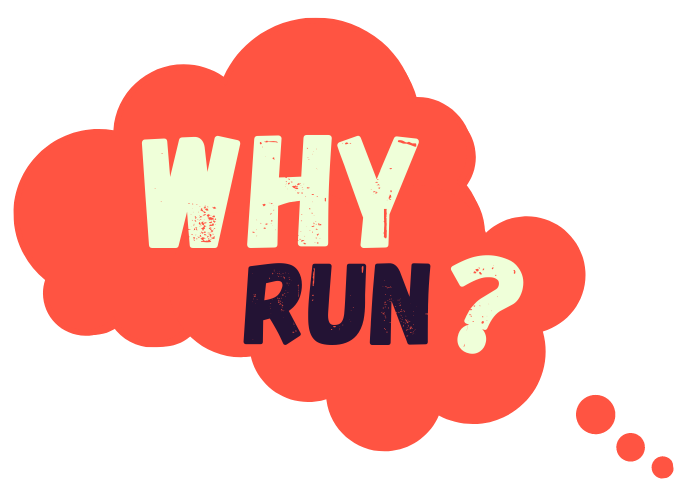Meditation and running - Episode 2
Series Two - Why Run? podcast - 14th October 2022
Trigger warning - please note that there are references to suicide in this interview.
Nita, who is diagnosed with bi-polar started running about ten years ago at the age of 48. At the time, she was severely depressed and found it difficult to even summon energy to get dressed or clean her teeth. It took Nita 20 weeks to complete the nine-week Couchto5k programme, but she did it! Since then, Nita has gone on to complete many long distance events, including half-marathons, marathons and ultra-running events.
Nita had a very lonely childhood. She was a melancholy child and there was some drinking “some might call it alcoholism” by her mother. Although she didn’t realise it at the time, her childhood was mostly characterised by “a lot of space, a lot of loneliness”, says Nita.
Her mother was chaotic and was probably also bi-polar, although she was never diagnosed. “I never knew if I was going to come home to a plate of cookies or mom would be in bed or she’d be ranting and throwing things. It was very unpredictable.” Nita’s father was much more ordered, but left her with a feeling that she was never living up to expectations.
Nita ran in her early 20s to lose weight – sprinting – not distant running or anything enjoyable.
Nita went on to become a successful lawyer and became a partner of a law firm in her 30s. She had “all the trappings of a successful life” but “was pretty miserable” and wasn’t getting treatment for her mental health. One day at work, she saw from her office window on a Tuesday afternoon “a guy pull a kite from the trunk of his car. He proceeded to fly it. And I still cannot tell you why that broke something in me, but it created a sense of longing that I could not get rid of. I knew I needed that freedom, that joy, that happiness that he had.”
Nita then left work and spiralled downward and became suicidal. Fortunately she accessed support and went in to hospital. Then she was part of a long-term treatment plan followed by a community group for the next year. “It was as if I’d broken so badly that I needed support, because the pieces had sprung out and would not go back together.”
Now the “running keeps me alive and gives me the energy to strive in so many ways, but I’m not cured.
“The people I know who struggle most are those who have not had the help or do not have the ability to build themselves a tool-kit,” says Nita. For her today, the three main tools in her toolkit are: running, writing and meditation. In addition medication and therapy are essential elements.
At 48, after another difficult episode, Nita saw that a high school friend on Facebook had taken up running and was doing the Couchto5k plan. “The fact that she was a similar age and a similar size – I only say that because I always thought of running as really skinny people – made me decide to give it a go.”
Being able to do something, that Nita had set herself – jogging for 60 seconds – felt dramatic. “I felt really good, as at that point I wasn’t able to complete anything in my life.” Over time, Nita learnt that breaking a sweat was key to helping her anxiety.
Today, Nita practises meditation “bringing your mind to where your body is” when she runs and this week, she has published her second book Make Every Move A Meditation - Mindful Movement for Mental Health, Well-Being and Insight (2022). The book brings together Nita's running, writing and meditation practices. For too long, she says there’s been a focus upon the need to take time out to meditate, whereas in reality, meditation on the move really does make sense. Particularly when it is applied to daily activities and fitness – including running.
Impermenance is a big part of meditation. Nita focuses upon rustling leaves or the breeze on her face or the temperature. “You can focus on any of your body sensations – your senses. “I choose one of those senses, then I choose for how long I’m going to do it.”
Nita has practised meditation historically and doing walking meditation in retreats. “It’s all about staying in the moment while you’re moving. When I started running, I just did it, because I was used to doing it.”
Nita applies the techniques particularly when doing ultra events, but the principle can be applied to any distance. Nita also has mantras like ‘run fast, run free’.
“The open curious mind set is also important and isn’t talked about so much.”
Nita Sweeney's first book is Depression Hates a Moving Target: How Running With My Dog Brought Me Back From the Brink (2019).
Facebook @nitasweeneyauthor Instagram @nitasweeney
